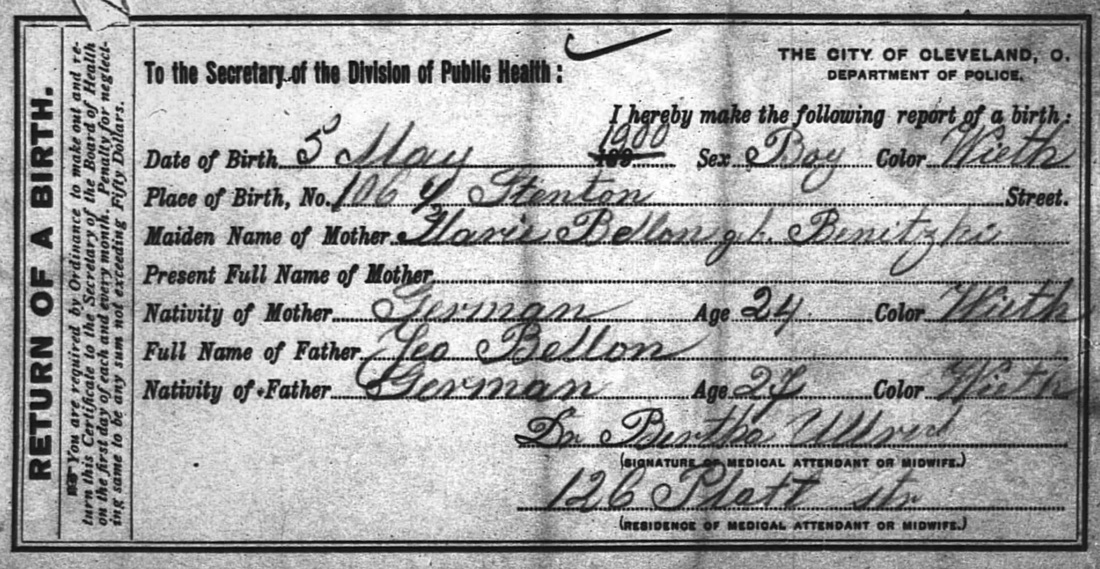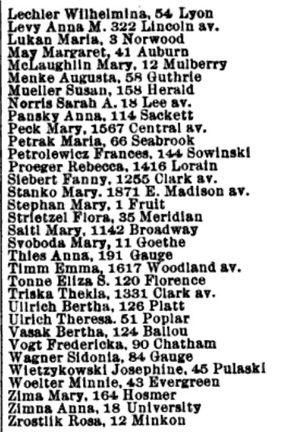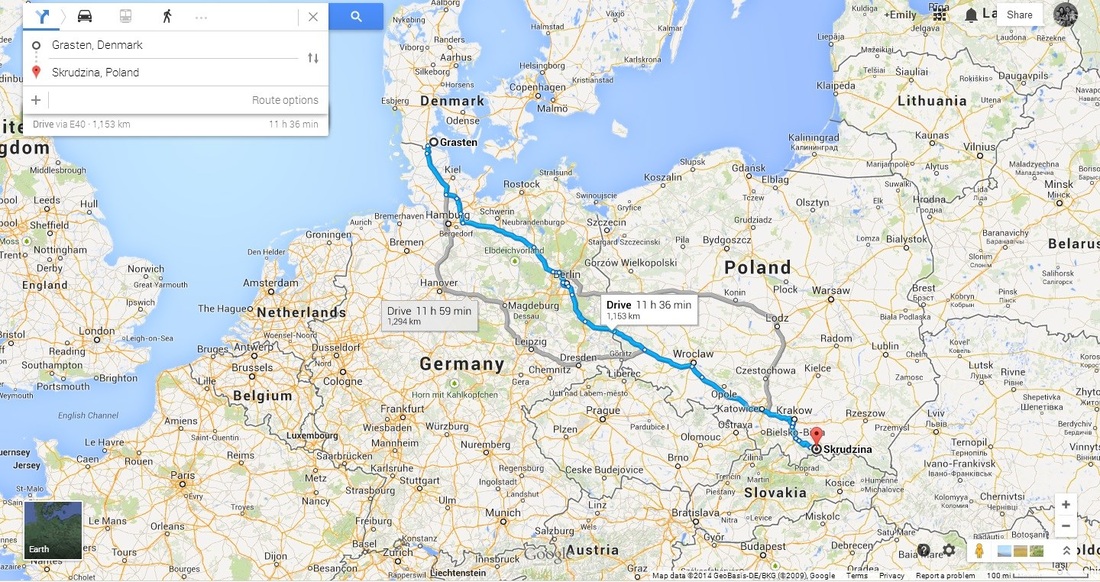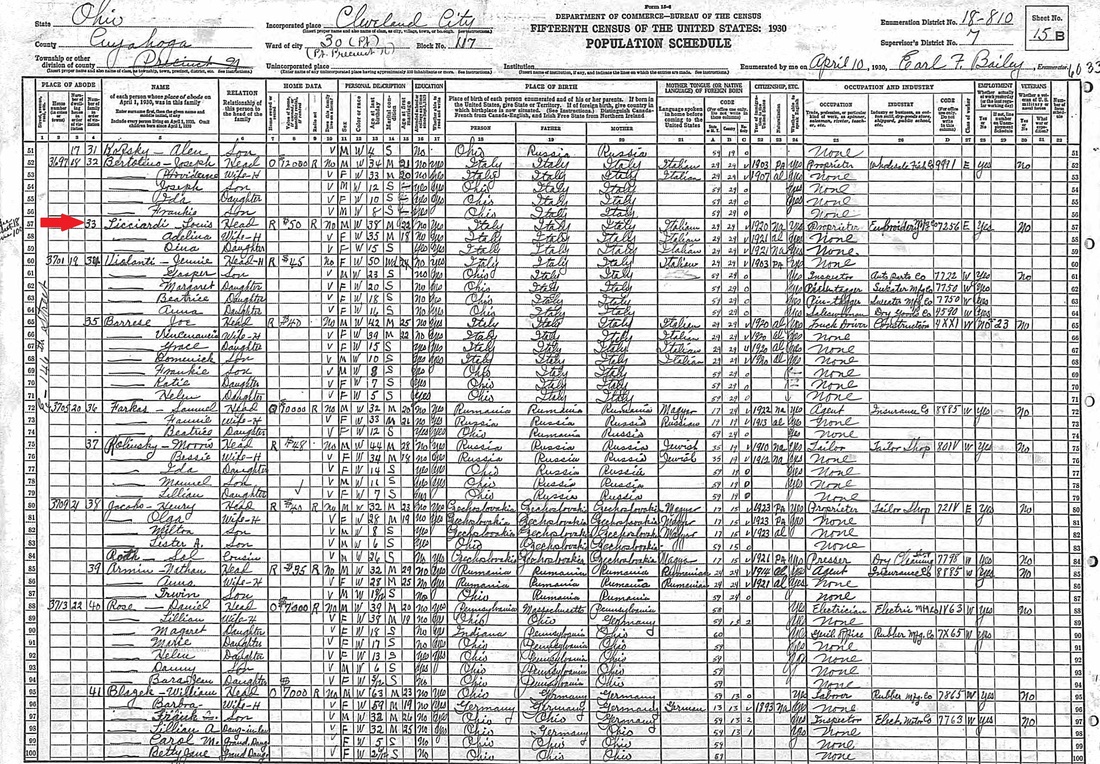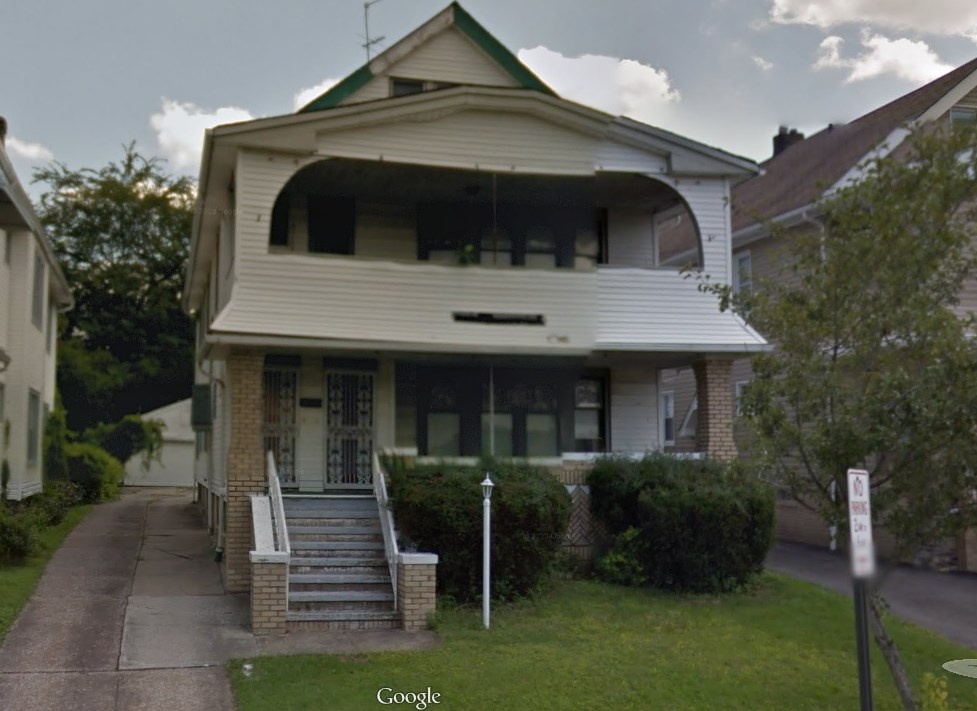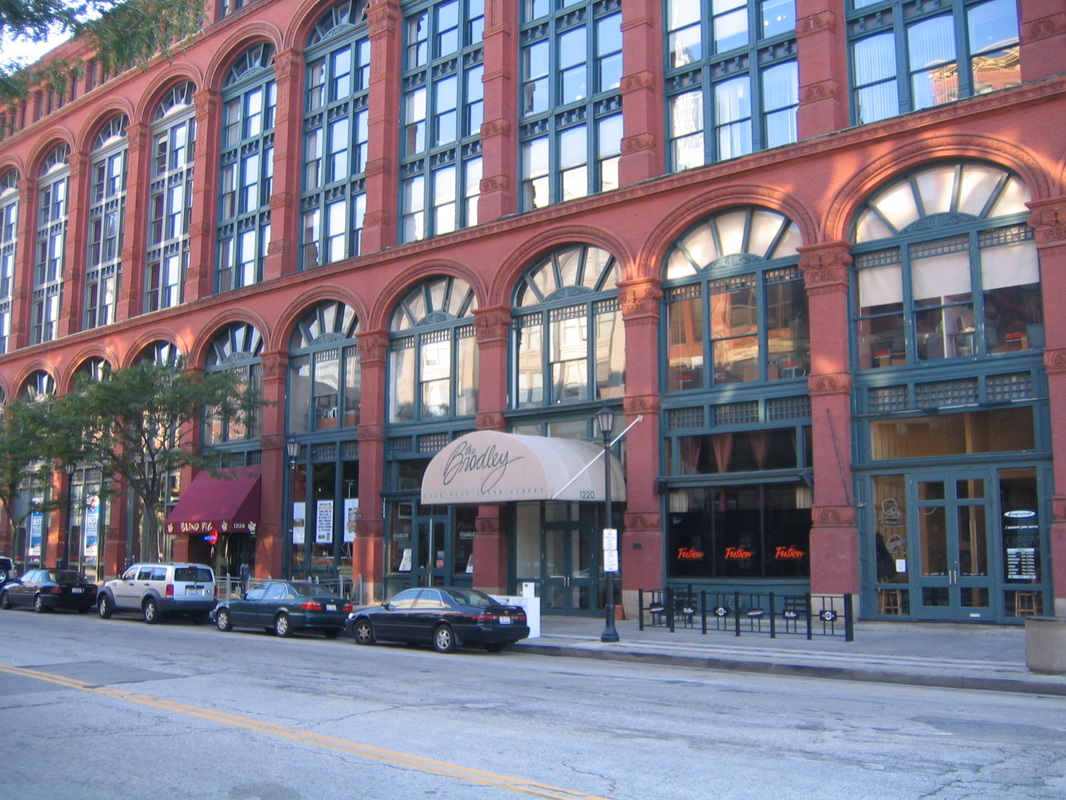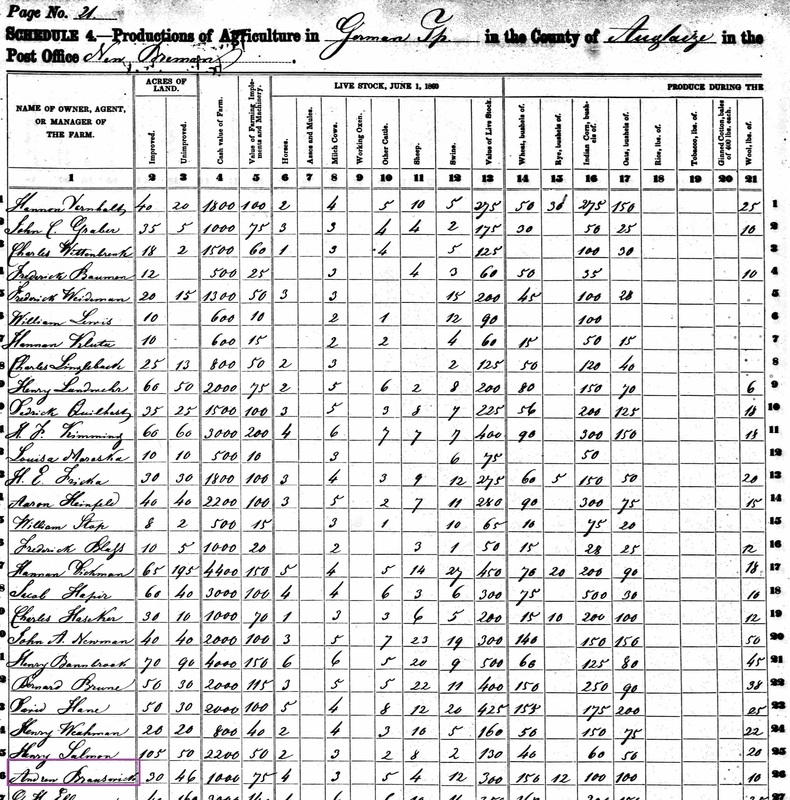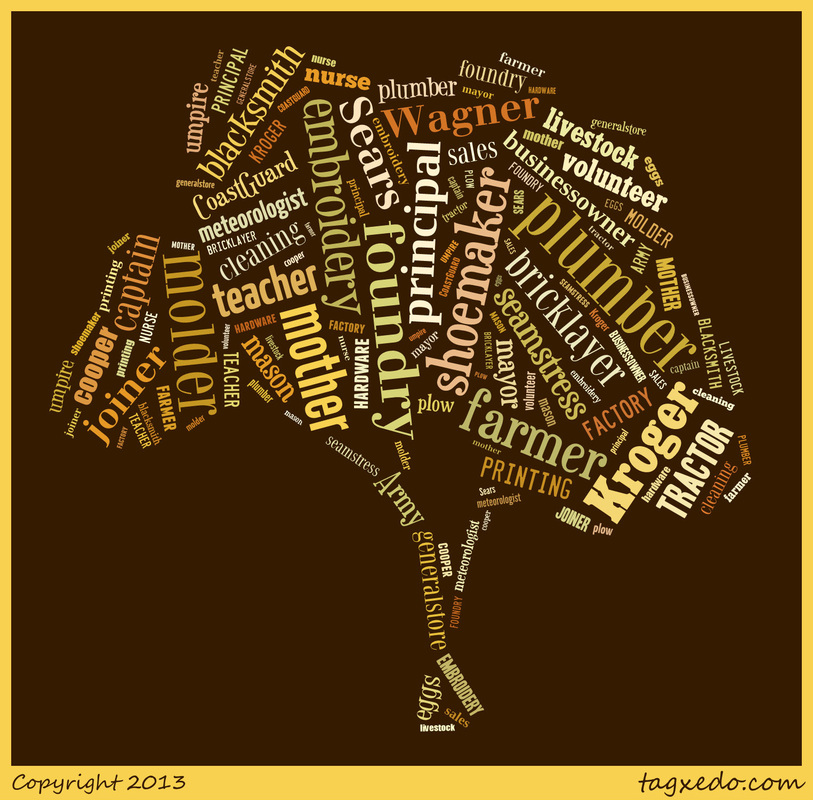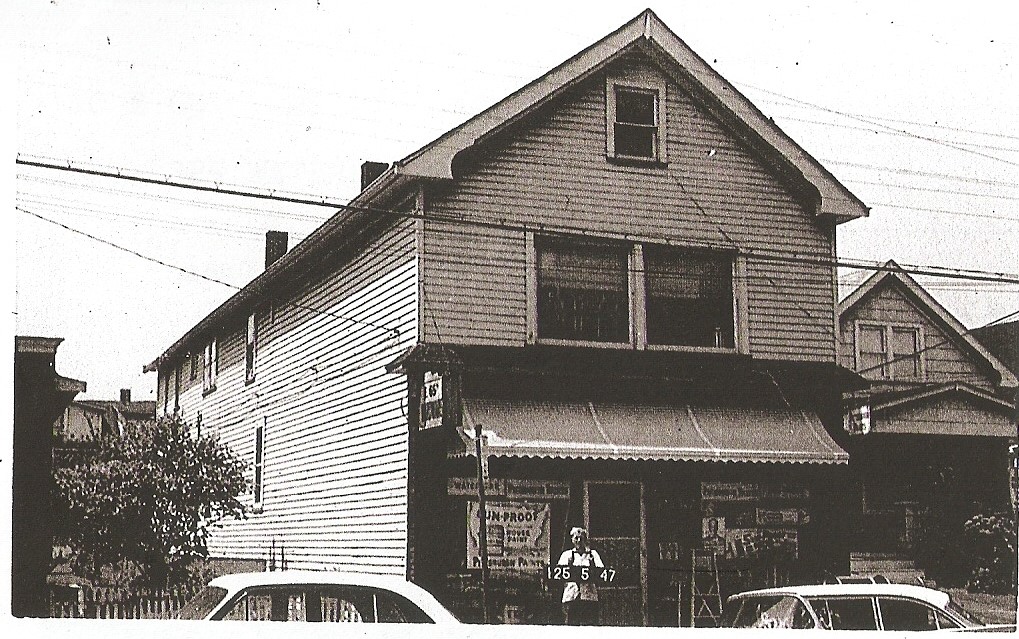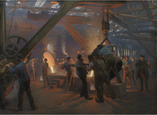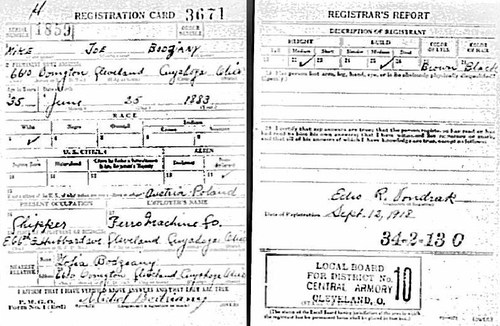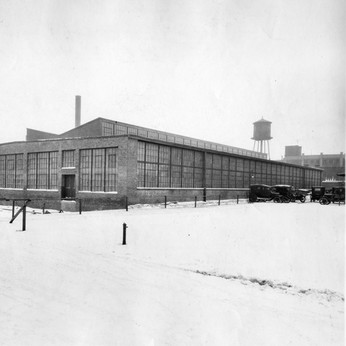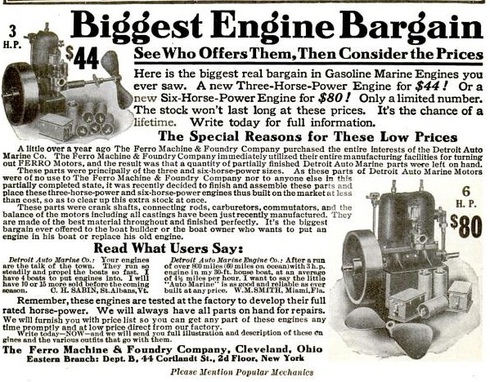I ask myself these types of questions, because it helps me add a certain amount of humanity to the factual information found within these genealogical records. When (If) I ever get around to writing a complete family history, I want to be able to write about these types of situations and about these people who came in and out of my ancestors' lives and helped them navigate through the trials and joys of life.
Gawryszewski Birth Return: "Ohio, County Births, 1841-2003," database with images, FamilySearch (https://familysearch.org/pal:/MM9.3.1/TH-1951-23317-12804-61?cc=1932106 : 21 May 2014), Cuyahoga > Birth returns 1900 > image 1 of 9030; county courthouses, Ohio.
Bellan Birth Return: "Ohio, County Births, 1841-2003," database with images, FamilySearch (https://familysearch.org/pal:/MM9.3.1/TH-1951-23316-98739-26?cc=1932106 : 24 May 2016), Cuyahoga > Birth returns 1900 > image 7678 of 9030; county courthouses, Ohio.
Ullrich 1900 U.S. Census: Year: 1900; Census Place: Cleveland Ward 23, Cuyahoga, Ohio; Roll: 1256; Page: 21A; Enumeration District: 0112; FHL microfilm: 1241256
©2016 Emily Kowalski Schroeder


